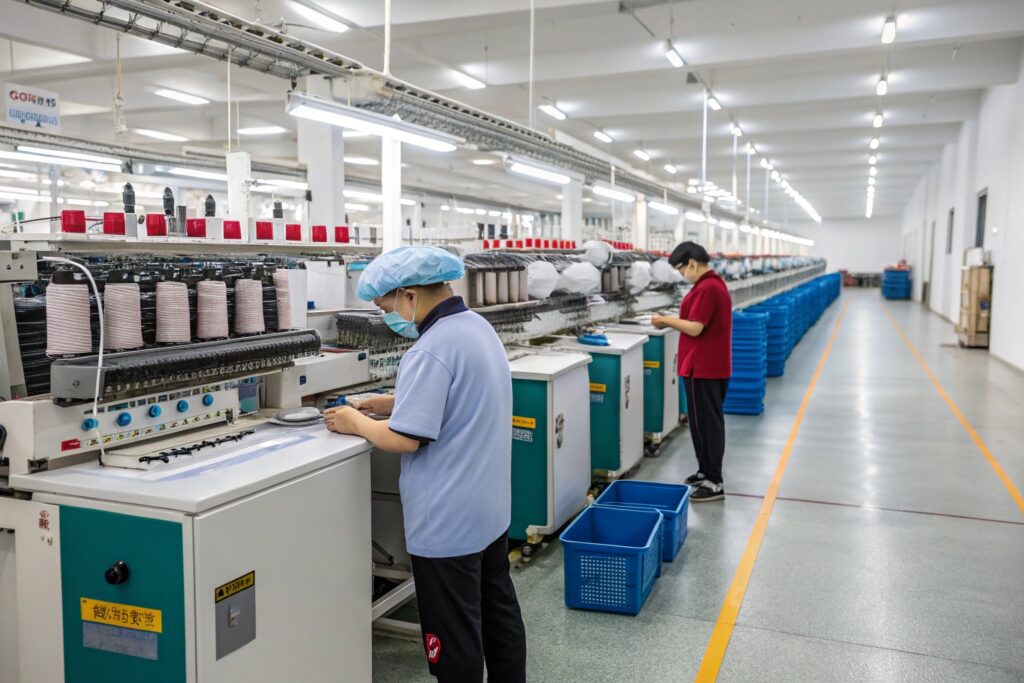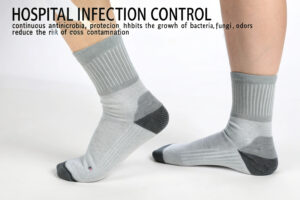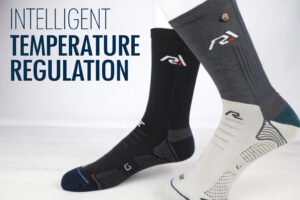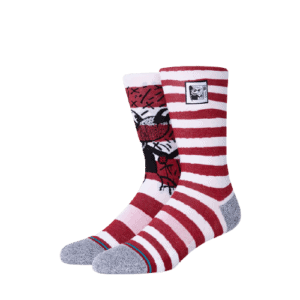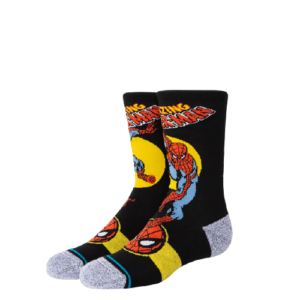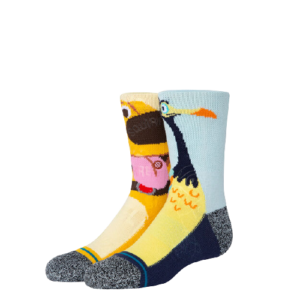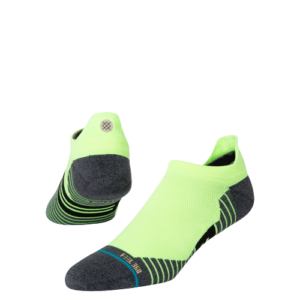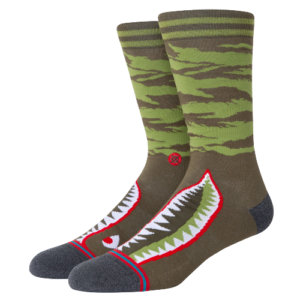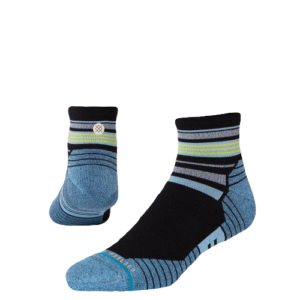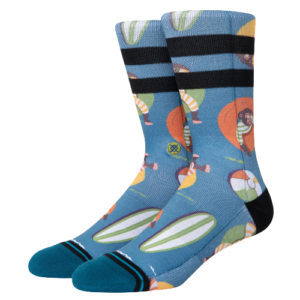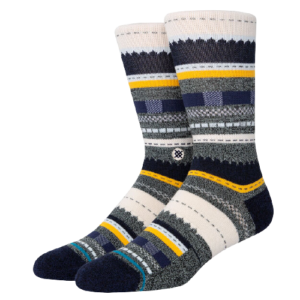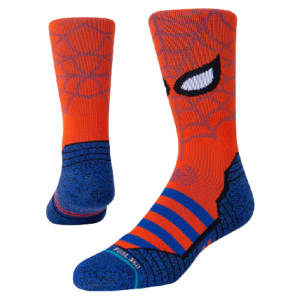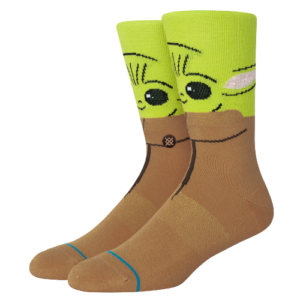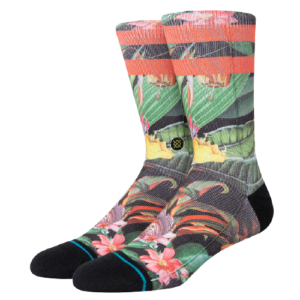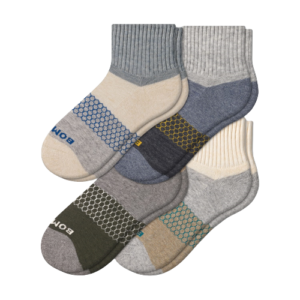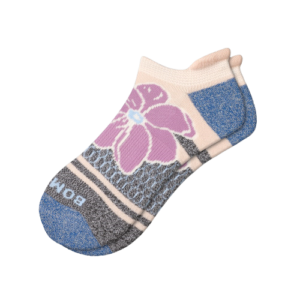In today’s global market, sock buyers—from brand owners to online sellers like Ron—are under pressure to cut costs. But trimming budgets often leads to compromised quality, dissatisfied customers, and shrinking repeat orders. At GlobalSock, we believe cost-efficiency and quality can coexist—with the right methods in place.
The most effective way to reduce costs in sock manufacturing without sacrificing quality is by optimizing raw material sourcing, upgrading machinery, improving production workflows, and applying smart packaging and logistics strategies.
This article draws on our firsthand experience operating in Keqiao, the heart of China’s textile innovation, where high-volume meets high standards. Let’s explore how we do more with less—without lowering the bar.
What Role Does Yarn Sourcing Play in Cost Control?
Material cost is the biggest slice of any sock’s unit price. But selecting cheaper yarns often leads to quality complaints and returns. Smart sourcing, not just low pricing, is the key.
To control costs without affecting quality, we prioritize optimized sourcing of yarn blends from certified mills, volume-based pricing, and strategic use of recycled or blended fibers.
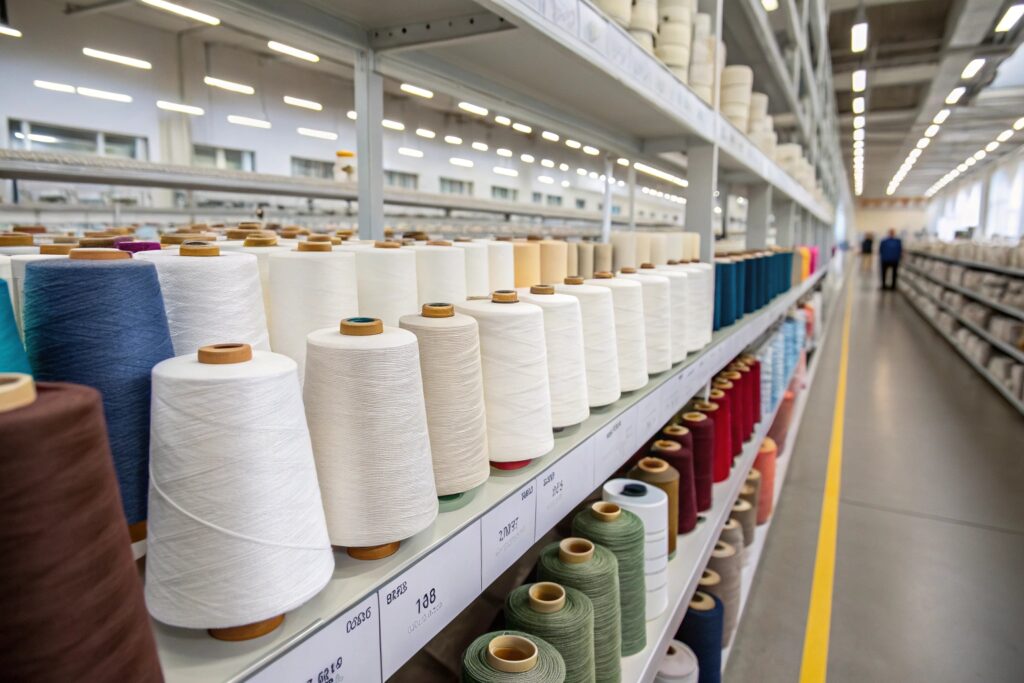
How Do Yarn Blends Help Lower Costs?
Blended yarns (like cotton-poly or bamboo-polyester) offer comparable comfort and performance to 100% natural fibers at a reduced price. For instance, a 60% combed cotton / 40% polyester mix can reduce yarn costs by 18% without compromising feel or durability.
Trusted suppliers like Texhong Group and Weiqiao Textile offer traceable yarns in bulk. We also test every batch at CNAS-accredited labs for consistency before production.
Can Recycled Yarn Be Both Cheap and High-Quality?
Yes—when sourced right. Recycled polyester (rPET) and regenerated cotton are now highly refined. Our partnerships with Repreve and Lenzing allow us to offer sustainable yarns that meet EU eco-certifications, without exceeding budget.
We’ve seen cost reductions of up to 22% on bulk orders using these recycled materials, while boosting our clients’ brand value with sustainability claims.
How Does Production Efficiency Reduce Unit Costs?
Labor inefficiencies, machine downtime, and manual errors all inflate unit prices. The solution isn’t working harder—but producing smarter.
Production efficiency cuts costs by reducing waste, improving machine uptime, enabling faster changeovers, and leveraging AI-driven output monitoring systems.
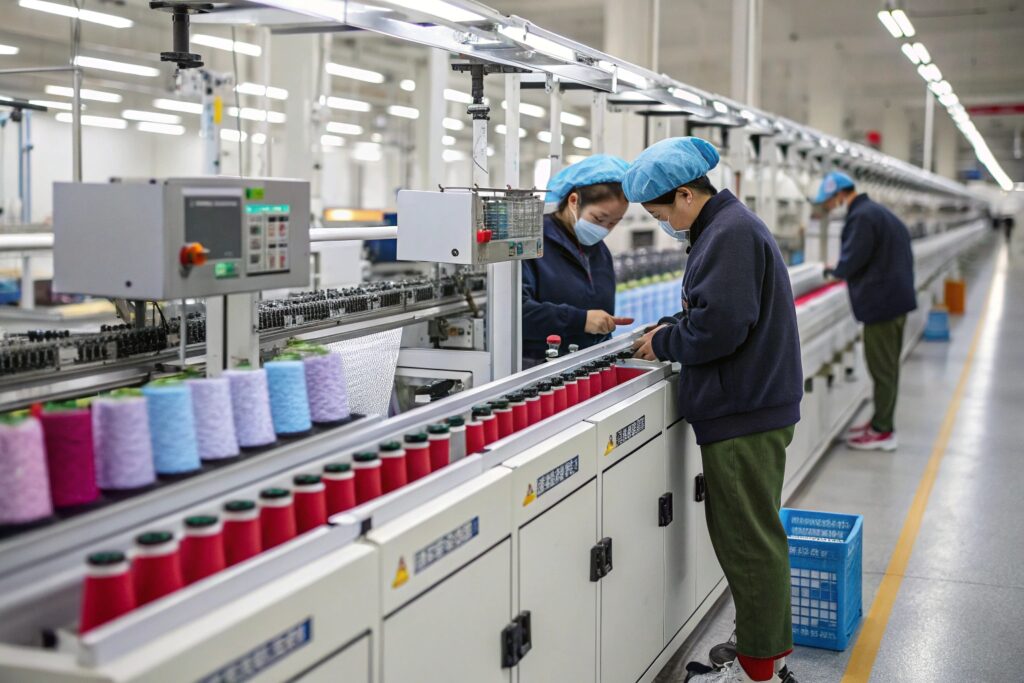
What Machines Help Lower Labor and Error Costs?
At GlobalSock, we use advanced 200-needle circular knitting machines from Lonati and seamless toe-closure systems that reduce manual labor by 30%. These machines produce 15% faster and require less frequent maintenance.
We also adopted MATEC’s auto-calibration systems to ensure consistent tension, preventing defective runs that waste time and yarn.
How Do Lean Methods Improve Production Flow?
Lean manufacturing—based on Toyota’s Production System—removes bottlenecks and unnecessary handling. We apply:
- Kanban systems for yarn tracking
- SMED (Single-Minute Exchange of Dies) for faster color/size switches
- Daily Gemba walk inspections
With these practices, we cut production lead times by up to 40% and decreased per-pair labor input by over 25%.
Can Smart Packaging Cut Costs Without Looking Cheap?
Packaging is often overlooked as a cost center. But with rising freight and retail presentation needs, it’s an area where savings and creativity go hand-in-hand.
Smart sock packaging strategies like flat-packing, material substitutions, modular designs, and digital labeling reduce cost while maintaining brand appeal.
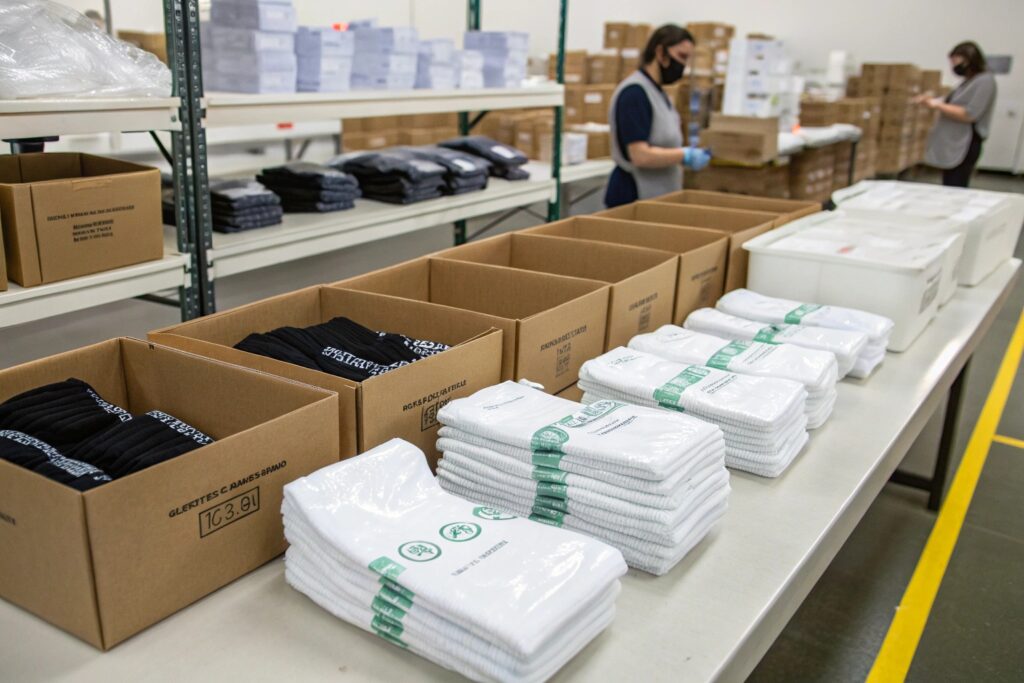
What Packaging Materials Are Cost-Efficient and Durable?
We replaced traditional PVC hooks and PET windows with kraft paper wraps and soy-ink hangtags. Not only are these cheaper (saving ~8 cents per pair), they’re also recyclable and EU-compliant.
Suppliers like PackMojo and Alibaba Eco Packaging Hub provide modular boxes that stack better, reducing warehouse footprint and shipping cost.
How Does Compact Packing Reduce Shipping Bills?
Using vacuum-seal packs or compressed rolls for athletic and liner socks helps fit more pairs per carton. We increased carton fill rate by 33%, cutting per-pair air freight costs by 17%.
We also offer QR-coded digital labels linked to product spec sheets hosted on GS1 for buyers who want info without bulky inserts.
What Role Does Logistics and Supply Chain Play in Cost Savings?
Shipping and delivery often eat up 30–40% of landed cost. The trick isn’t just to book cheaper freight—it’s to plan smarter.
Integrated logistics with DDP options, bonded zone warehousing, and demand-based scheduling can reduce landed costs significantly while maintaining speed and control.
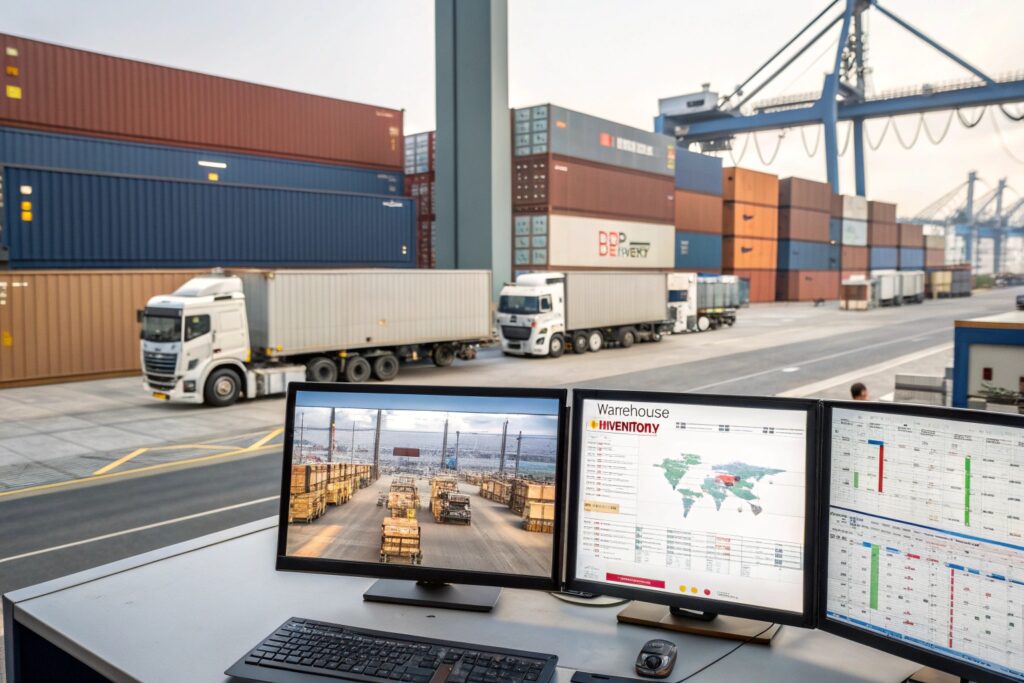
Is DDP Shipping More Cost-Efficient for Buyers?
For smaller brands or Amazon sellers, yes. Delivered Duty Paid (DDP) lets us bundle freight, tax, and customs clearance—often cheaper than fragmented CIF or FOB setups.
Our DDP partnerships with 4PX Express and C.H. Robinson cut average delivery cost by 12% and save buyers the hassle of dealing with brokers.
Can Inventory Planning Prevent Overstocking?
Using ShipBob for EU/US warehousing and predictive ordering through our AI-based dashboard, we help clients avoid stockouts and oversupply.
This "Just-in-Time" model reduced deadstock storage cost for one of our EU clients by 43% over two quarters—without ever delaying a restock.
Conclusion
Cutting manufacturing costs doesn’t mean cutting corners. At GlobalSock, we’ve refined a system that saves money across sourcing, production, packaging, and logistics—while still delivering socks that meet the highest international quality standards. For clients like Ron who value both margin and brand trust, our lean, tech-forward approach proves that premium doesn’t have to be expensive. Let’s build smarter together.

